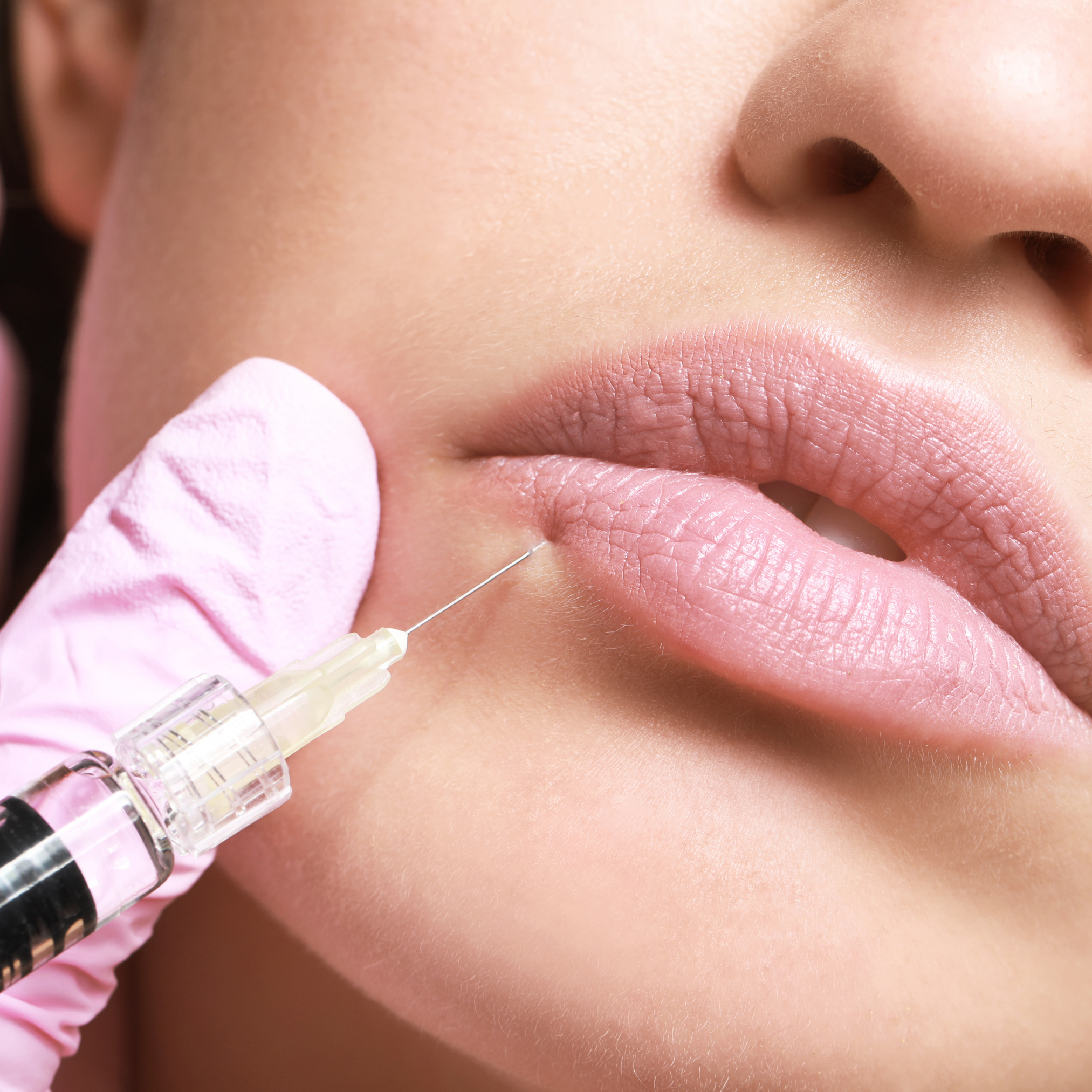
Under-eye fillers have gained immense popularity as a non-surgical cosmetic treatment for addressing dark circles, hollows, and signs of aging around the eyes.
This minimally invasive procedure offers a quick and effective way to rejuvenate the under-eye area, providing a refreshed and youthful appearance.
Whether you’re dealing with volume loss, fine lines, or persistent shadows, under-eye fillers can help restore a brighter and more rested look.
Now Aesthetic
Contact
Under-eye fillers are injectable treatments that use hyaluronic acid-based dermal fillers to add volume and smoothness to the under-eye area.
Hyaluronic acid is a naturally occurring substance in the skin that attracts and retains moisture, making it an ideal choice for hydration and volume restoration. Popular brands of hyaluronic acid fillers used for under-eye treatments include Restylane, Juvederm, and Belotero.
These fillers are specifically formulated to integrate seamlessly with the skin, creating natural-looking results.
Immediate Results: One of the most significant advantages of under-eye fillers is the immediate improvement in the appearance of the treated area. Patients can see noticeable changes right after the procedure.
Minimally Invasive: Under-eye fillers are a non-surgical solution, meaning there are no incisions or significant downtime. The procedure is quick and typically completed in less than an hour.
Natural-Looking Enhancement: When performed by a skilled practitioner, under-eye fillers provide subtle and natural-looking results, enhancing the under-eye area without an overdone appearance.
Reduced Dark Circles and Hollows: Fillers help to fill in hollows and shadows, reducing the appearance of dark circles and giving the under-eye area a more youthful and rested look.
Long-Lasting Effects: While not permanent, the results of under-eye fillers can last anywhere from 9 to 12 months, depending on the individual and the type of filler used.

The under-eye filler procedure is straightforward and involves the following steps:
Consultation: The process begins with a consultation with a qualified practitioner. During this consultation, the patient’s concerns, medical history, and aesthetic goals are discussed. The practitioner will assess the under-eye area and recommend the appropriate type and amount of filler.
Preparation: The treatment area is cleansed, and a topical anesthetic may be applied to minimize discomfort during the injections.
Injection: Using a fine needle or cannula, the practitioner carefully injects the filler into the targeted areas. The technique and placement of the filler are crucial for achieving natural-looking results.
Post-Treatment Care: After the procedure, patients may experience mild swelling, redness, or bruising, which typically resolves within a few days. The practitioner may provide specific aftercare instructions to ensure optimal results.
While under-eye fillers are generally safe, it’s important to be aware of potential risks and side effects:
Swelling and Bruising: Mild swelling and bruising are common and usually subside within a few days. Applying ice and avoiding certain medications can help reduce these effects.
Allergic Reactions: Although rare, some patients may experience allergic reactions to the filler material. It’s essential to discuss any known allergies with the practitioner before the procedure.
Asymmetry: There is a risk of asymmetry if the filler is not evenly distributed. This can typically be corrected with additional filler or, if necessary, an enzyme called hyaluronidase to dissolve the filler.
Infection: Proper hygiene and post-treatment care can minimize the risk of infection at the injection site.
Choosing a board-certified and experienced practitioner is crucial to minimize these risks and ensure satisfactory results.
The longevity of under-eye fillers typically ranges from 9 to 12 months, depending on factors such as the type of filler used, the patient’s metabolism, and individual lifestyle. Hyaluronic acid-based fillers like Restylane, Juvederm, and Belotero are commonly used for their natural-looking results and durability. Over time, the body gradually absorbs the filler, and touch-up treatments may be necessary to maintain the desired appearance. Regular follow-up appointments with your practitioner can help determine the best schedule for maintenance treatments.
While under-eye fillers are generally safe, there are potential side effects and risks to consider:
Swelling and Bruising: Mild swelling and bruising at the injection site are common and usually resolve within a few days. Applying ice and avoiding blood-thinning medications before and after the procedure can help minimize these effects.
Asymmetry: Occasionally, the filler may not be evenly distributed, leading to asymmetry. This can often be corrected with additional filler or, if necessary, an enzyme called hyaluronidase to dissolve the filler.
Infection: Although rare, there is a risk of infection at the injection site. Ensuring the procedure is performed by a qualified practitioner in a sterile environment can minimize this risk.
Allergic Reactions: Some patients may have an allergic reaction to the filler material. It’s essential to discuss any known allergies with the practitioner before the procedure.
Lumps or Nodules: In rare cases, lumps or nodules may form under the skin. These can often be massaged out or dissolved with hyaluronidase if necessary.
The recovery period after under-eye fillers is typically short and involves minimal downtime. Here’s what patients can expect:
Immediate Aftercare: Following the procedure, mild swelling, redness, and bruising may occur. These symptoms usually resolve within a few days. Applying ice packs and keeping the head elevated can help reduce swelling.
Activity Restrictions: Patients should avoid strenuous activities, excessive facial movements, and touching or massaging the treated area for at least 24 hours after the injections to prevent the filler from shifting.
Healing Time: Most side effects, such as swelling and bruising, should resolve within a few days to a week. Makeup can be used to cover any residual bruising, but it’s important to be gentle when applying it.
Follow-Up: Patients should follow their practitioner’s post-treatment care instructions and attend any scheduled follow-up appointments to assess the results and address any concerns.
Long-Term Care: To maintain the results, periodic touch-up treatments may be necessary as the filler gradually gets absorbed by the body. Discussing a maintenance plan with the practitioner can help ensure long-lasting satisfaction with the results.
Now Aesthetic © All rights reserved.
